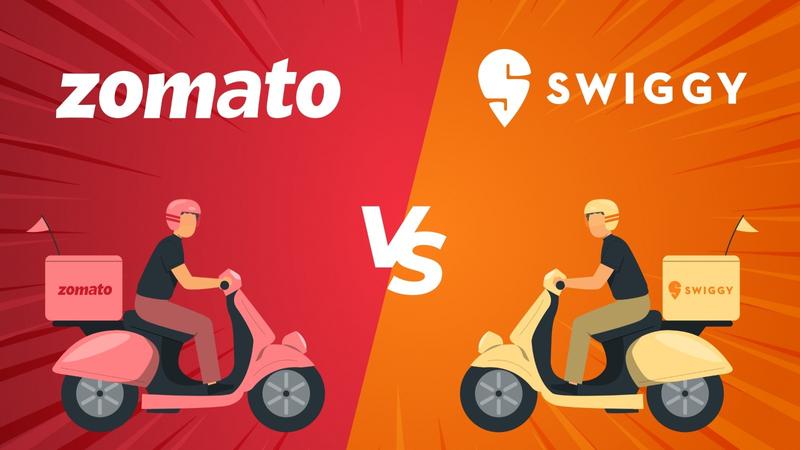Published 14:11 IST, October 28th 2024
Why Swiggy trails Zomato in revenue despite higher average order value
Although Swiggy’s AOV marginally outpaces Zomato's, the latter's larger user base and higher number of total orders translate into superior revenue.

Swiggy IPO news: Bengaluru-based online food aggregator Swiggy is all set to launch its highly anticipated initial public offering ( IPO ), which is going to be one among the largest public issues in India. According to multiple reports, the public subscription will be available through November 6-8.
The food delivery startup has also reportedly trimmed its valuation target to $11.3 billion from an initial target of up to $13 billion for its Rs 11,327 crore IPO. Here, we're looking at a comparitive study between two major food delivery platforms in India – Swiggy and Zomato .
The competition between Swiggy and Zomato in India's food delivery market presents a curious contrast: Swiggy, with a slightly higher Average Order Value (AOV), continues to trail Zomato in overall revenue. Although Swiggy’s AOV marginally outpaces Zomato's (Rs 436 vs. Rs 425 for the most recent fiscal year), the latter's larger user base and higher number of total orders translate into superior revenue.
Key Revenue Drivers: User Base and Order Volume
At the core of this revenue gap is Zomato's commanding lead in Monthly Transacting Users (MTUs). Zomato reports around 20 million monthly users, significantly surpassing Swiggy’s 14 million. This 30 per cent user advantage drives Zomato’s volume, outstripping Swiggy’s order count by approximately 25 per cent. Even though Swiggy’s order frequency per user matches and sometimes exceeds Zomato’s, the gap in total user base undercuts Swiggy’s ability to convert its higher AOV into comparable gross revenue.
Gross Order Value (GOV) and Revenue Margins
Zomato’s Gross Order Value (GOV) in food delivery leads by around 25 per cent, reported at $3.9 billion in the latest period, compared to Swiggy’s $3.0 billion. Zomato also benefits from a higher take rate, capturing 20-21 per cent of GOV, whereas Swiggy's take rate is slightly lower at 19-20 per cent. This difference in take rate boosts Zomato’s revenue further, enabling it to retain a larger slice of each transaction’s value.
EBITDA Margins and Profitability
Zomato’s focus on efficiency extends to its bottom line, with adjusted EBITDA margins of 3.5 per cent, compared to Swiggy’s break-even levels. Zomato’s advantage in this area stems from lower marketing costs and a more streamlined operational structure, allowing it to allocate resources more effectively.
Updated 14:18 IST, October 28th 2024